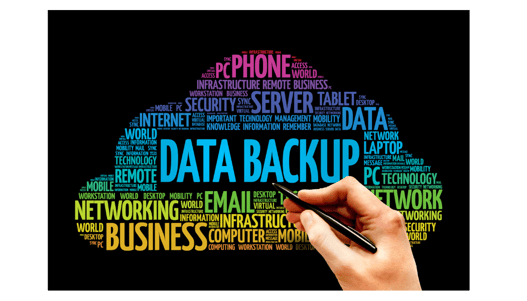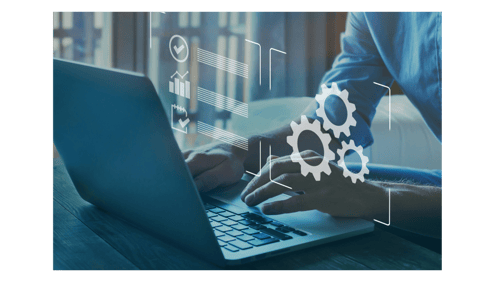The Health Insurance Portability and Accountability Act (HIPAA) is a comprehensive set of regulations designed to safeguard the privacy and security of individuals' protected health information (PHI) in the healthcare industry. While HIPAA primarily applies to healthcare providers, health plans, and clearinghouses, it is crucial for individuals and organizations outside the healthcare sector to understand and adhere to HIPAA guidelines. This paper explores the reasons why non-healthcare entities should prioritize HIPAA compliance, including legal obligations, reputational considerations, and ethical responsibilities.
The purpose of this paper is to emphasize the significance of following HIPAA guidelines, even if an individual or organization is not directly involved in the healthcare industry. In an increasingly interconnected world where data privacy concerns are paramount, understanding and adhering to HIPAA principles can have far-reaching implications.
Legal Obligations:
HIPAA compliance is not limited to healthcare entities alone. In some cases, non-healthcare organizations may still be subject to HIPAA regulations due to their involvement in healthcare-related activities. For instance, companies that provide services to covered entities or have access to PHI must comply with the HIPAA Privacy and Security Rules. Failure to meet these obligations can result in severe legal consequences, including substantial fines and potential civil or criminal penalties.
Protecting Personal Information:
HIPAA's primary objective is to protect individuals' personal health information from unauthorized access, use, or disclosure. Although non-healthcare organizations may not handle medical records directly, they may still collect, store, or transmit personal information that falls under the purview of HIPAA. By adhering to HIPAA guidelines, even in non-healthcare contexts, individuals and organizations can demonstrate their commitment to protecting sensitive data and maintaining privacy.
Ensuring Data Security:
HIPAA's Security Rule provides a framework for safeguarding electronic protected health information (ePHI). Implementing these security measures can help non-healthcare entities bolster their overall data security posture. By adopting best practices such as encryption, access controls, and regular risk assessments, organizations can reduce the likelihood of data breaches, minimize potential liabilities, and build trust with customers and stakeholders.
Business Considerations:
HIPAA compliance is not only a legal and ethical responsibility but also a business imperative for non-healthcare organizations. Many industries have recognized the value of data privacy and security, with consumers increasingly demanding transparency and accountability regarding the handling of their personal information. Demonstrating compliance with HIPAA guidelines can provide a competitive advantage, enhance brand reputation, and establish trust with customers, partners, and other stakeholders.
Ethical Responsibilities:
While legal and business considerations are essential, the ethical implications of handling sensitive information cannot be ignored. Respect for privacy and the ethical treatment of personal data extends beyond the healthcare sector. By adhering to HIPAA guidelines, non-healthcare entities demonstrate their commitment to ethical practices, reinforcing the principles of fairness, integrity, and trustworthiness in their operations.
In an era of evolving data privacy regulations and growing concerns about personal information security, following HIPAA guidelines is crucial for non-healthcare entities. Compliance not only ensures legal obligations are met but also protects individuals' personal information, strengthens data security practices, and upholds ethical responsibilities. By embracing HIPAA's principles, organizations can foster trust, safeguard their reputation, and contribute to a safer and more privacy-conscious society.












